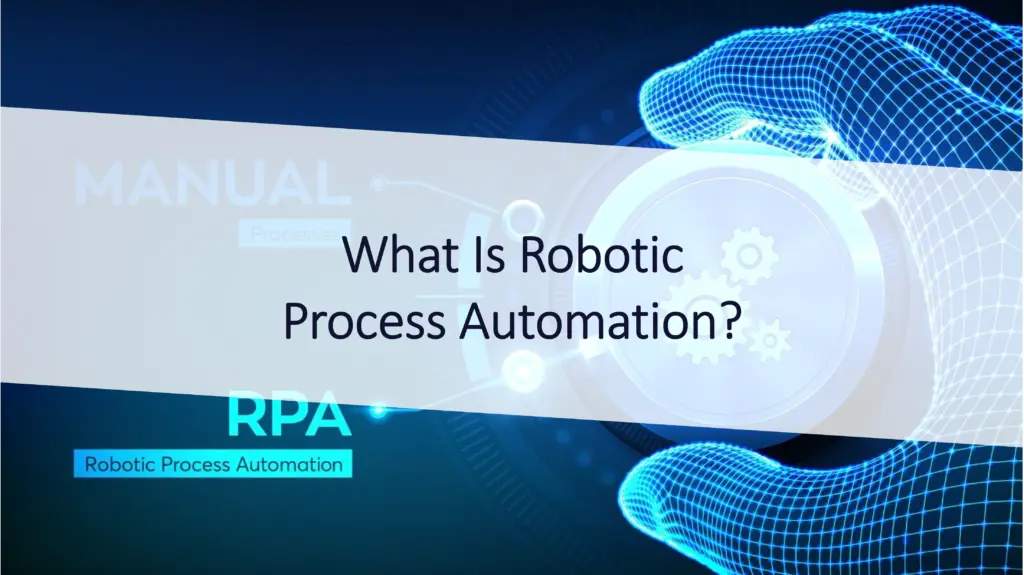Robotic process automation (RPA) is a software technology designed for the creation, deployment, and supervision of software robots. These robots mimic human interactions with digital systems and software, possessing the ability to interpret on-screen information, execute precise keystrokes, navigate through systems, extract and recognize data, and execute a variety of predefined tasks. However, software robots carry out these actions with greater speed and unwavering consistency when compared to human counterparts, all without the requirement for breaks or coffee pauses.
How Does RPA Work?
Robotic Process Automation (RPA) works by automating repetitive, rule-based tasks and processes through the use of software robots or “bots”. These software bots are programmed to imitate human actions when interacting with digital systems and applications.
Here is a simplified overview of how RPA works:
1. Task Identification: The first step in implementing RPA is to identify tasks or processes that are repetitive, rule-based, and suitable for automation. These tasks often involve data entry, data extraction, form filling, copy-pasting, and other routine activities.
2. Bot Development: Once the tasks are identified, software robots (bots) are created using RPA software. RPA platforms provide a visual interface for designing and configuring bots. Bots are programmed to follow a set of predefined rules and instructions.
3. Integration: The RPA software is integrated with the existing IT infrastructure and systems within an organization. This may involve connecting to databases, web applications, desktop applications, email systems, and more. RPA tools are designed to work with a wide range of technologies.
4. Bot Execution: Bots are deployed to perform the identified tasks. When activated, they log into systems, access data, perform actions, and complete tasks just like a human user would, but at a much faster pace.
It’s important to note, RPA is most effective for tasks which are highly repetitive and rule-based. RPA can significantly reduce human intervention in manual processes, freeing up employees to focus on more creative and complex tasks.
Benefits of RPA
Robotic process automation enhances operational efficiency, leading to increased profitability, flexibility, and responsiveness within organizations. Furthermore, it elevates employee satisfaction, involvement, and effectiveness by eliminating routine tasks from their daily responsibilities.
RPA is non-disruptive and can be swiftly integrated to expedite digital transformation. Additionally, it proves to be especially valuable for automating processes that encompass legacy systems devoid of APIs, virtual desktop infrastructures (VDIs), or direct database accessibility.
A few examples are:
1.) Faster Transformations
2.) Cost Savings2) Cost Reductions
3.) Minimize Error Occurance
4.) Better Compliance4) Increased Compliance
5.) Increased Quality & Accuracy
6.) Increase Workforce Capacity
Robotic Process Automation Should Be Continuous
RPA simplifies rule based tasks leading to improved operational efficiencies, creates workforce capacity, and improves business outcomes. These boths are not a one-and-done and should be continually evaluated to ensure peak performance and opportunity capture. Organizations will continually be measuring the impact of improvements and variances of processes to ensure value realization is realized and maximized.

